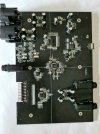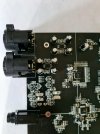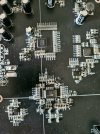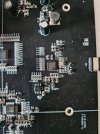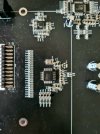DGNOG UM22C 32bit/768KHz $116
There are many mysteries surrounding the audio interface DGNOG UM22C. Although the price is low, the chip used seems to be AK5552VN. It seems that no one has measured DGNOG UM22C so far.
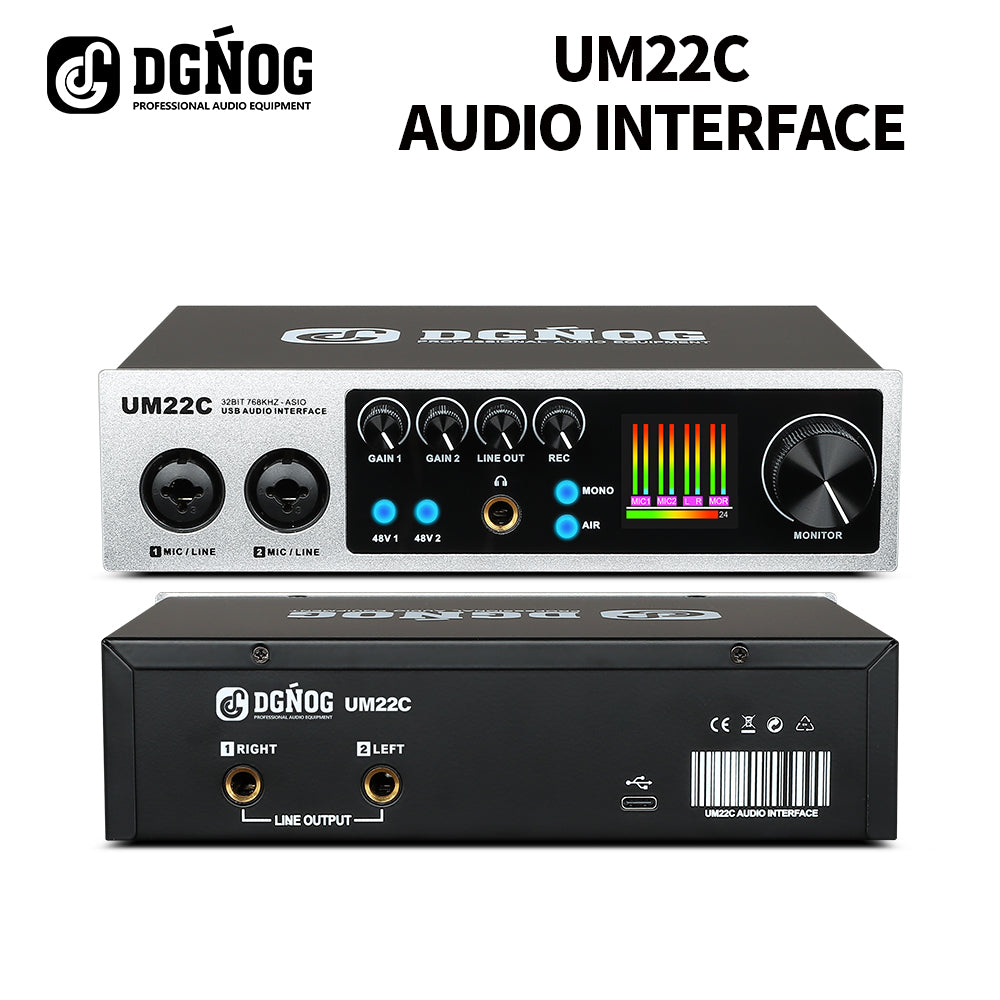
 dgnog.com
dgnog.com
There are many mysteries surrounding the audio interface DGNOG UM22C. Although the price is low, the chip used seems to be AK5552VN. It seems that no one has measured DGNOG UM22C so far.

DGNOG UM22C USB Audio Interface 32bit/768KHz Professional Recording fo
【Exceptional Sound Quality & High-Resolution Recording】- The UM22C audio interface adopts ADC/DAC conversion IC from AsahiKASEI, Japan, with fully differential inputs, supporting high-resolution recording up to 32-bit/192 kHz. With a signal-to-noise ratio of up to 115dB, it enables capturing...

